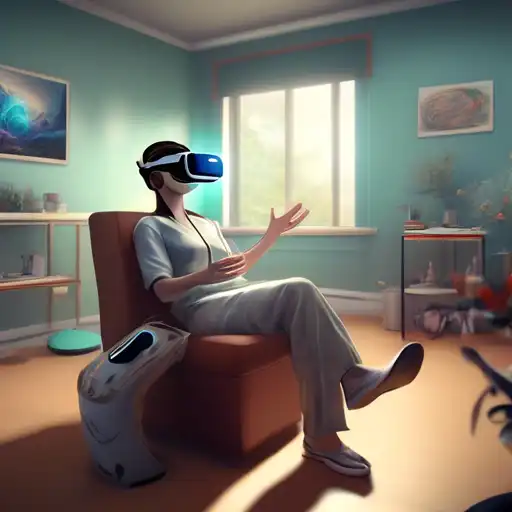The Transformative Role of Virtual Reality in Therapeutic Practices
Virtual Reality (VR) technology has transcended its initial entertainment purposes to become a groundbreaking tool in the field of therapy. By creating immersive, controlled environments, VR offers unique opportunities for treating a variety of psychological and physical conditions. This article explores the innovative ways VR is being utilized in therapeutic settings, highlighting its benefits and potential for future applications.
Understanding VR Therapy
VR therapy involves the use of virtual reality technology to simulate environments where patients can confront and work through their issues under the guidance of a therapist. This method has shown remarkable success in treating conditions such as PTSD, anxiety disorders, and phobias by allowing patients to face their fears in a safe, controlled setting.
Applications of VR in Therapy
The applications of VR in therapy are vast and varied. Below are some of the most significant uses:
- Exposure Therapy: VR is particularly effective in exposure therapy, helping individuals gradually confront their fears without the risks associated with real-life exposure.
- Pain Management: Studies have shown that VR can significantly reduce pain perception during medical procedures by distracting the patient with immersive experiences.
- Rehabilitation: VR aids in physical rehabilitation by motivating patients through gamified exercises that improve motor skills and coordination.
- Social Skills Training: For individuals with autism or social anxiety, VR provides a platform to practice and develop social interactions in a controlled environment.
The Benefits of VR Therapy
VR therapy offers several advantages over traditional therapeutic methods. It provides a safe environment for exposure therapy, reduces the need for medication in pain management, and offers customizable scenarios tailored to each patient's needs. Furthermore, VR therapy can be more engaging and less intimidating for patients, leading to higher compliance and better outcomes.
Challenges and Considerations
Despite its potential, VR therapy faces challenges such as high costs, the need for specialized equipment, and limited accessibility. Additionally, the effectiveness of VR therapy can vary depending on the individual, requiring therapists to carefully assess its suitability for each patient.
The Future of VR in Therapy
As VR technology continues to evolve, its applications in therapy are expected to expand. Future developments may include more affordable and accessible VR solutions, enhanced realism for deeper immersion, and the integration of AI to create dynamic, responsive therapeutic environments. The potential for VR to revolutionize therapy is immense, offering hope for more effective and accessible mental health treatments.
For those interested in exploring more about the intersection of technology and mental health, consider reading about the impact of technology on mental health.
